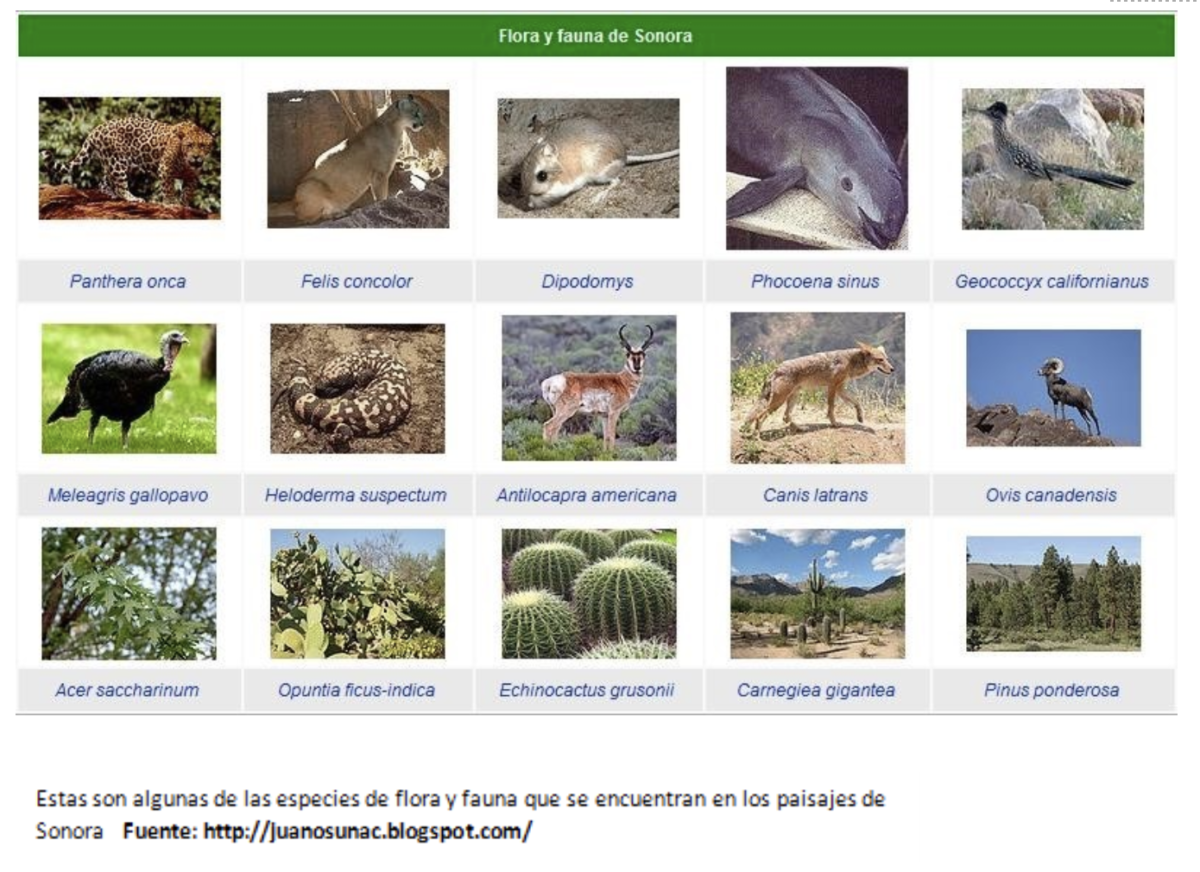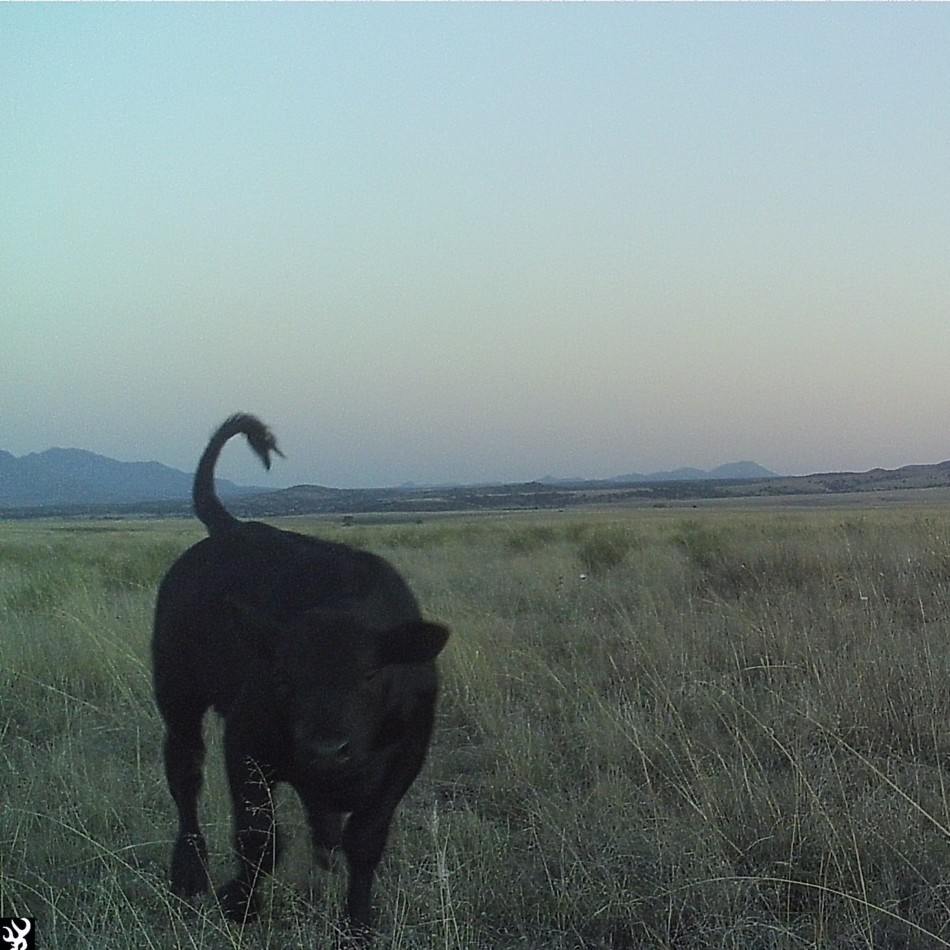Written by Mónica Montaño, a 2021 Sky Island Alliance Binational Internship Program participant.
A rancher’s main concern is the production of either goat or bovine cattle, either for the sale of offspring, for meat production, or for the production of dairy foods.
However, many ranchers also have the habit of practicing hunting, unfortunately sometimes in an illegal manner. Today, I would like to discuss how all these resources found on their properties can be used sustainably, such as the hunting of other organisms.
In Sonora, the collared peccary (javelina) and the white-tailed deer are very common species. Currently there are clubs and organizations that handle hunting permits depending on the season. The permit for the transportation of weapons is also handled, all with the aim of non-aggressive use towards ecosystems.
There are ranches or properties that are already official destinations for sport hunting or game hunting, so there is a certain control [given to hunting] so that the use of these resources is extracted in a sustainable way and without damaging the ecosystem.
Although hunting ranches are also known as UMAs (environmental or wildlife management units), these not only have the purpose of benefiting individuals but are also about helping the conservation of species through the management that is given to ecosystems and resources.
Something that should be noted and is significant, is that what is promoted with these hunting ranch projects or UMAs, is not the hunting of aggressive ways to the ecosystems, but to have a management method and sustainable use while protecting the integrity of other species that may be of interest, such as felines, which are important links in the food chains and are currently in danger thanks to misinformation and lack of cultural awareness, especially here on the Mexico side.
Habla Español? Leer el blog aquí.


